We see the impact of the conventional oil peak in Venezuela. As an example let’s look at the El-Furrial field.
 Fig 1: Not La-Hora-Zero (yet) but low voter turn-out for the May 20 Maduro election
Fig 1: Not La-Hora-Zero (yet) but low voter turn-out for the May 20 Maduro election
http://800noticias.com/foto-caracas-desolada-este-domingo-en-pleno-proceso-electoral https://twitter.com/eutrafico
Location
Where is El Furrial?
It is located 30 km west of the capital Maturin of the State of Monogas (named after a 19th century president, population 1 million) in the North East corner of Venezuela.
 Fig 2: Location of El Furrial
Fig 2: Location of El Furrial
Geology
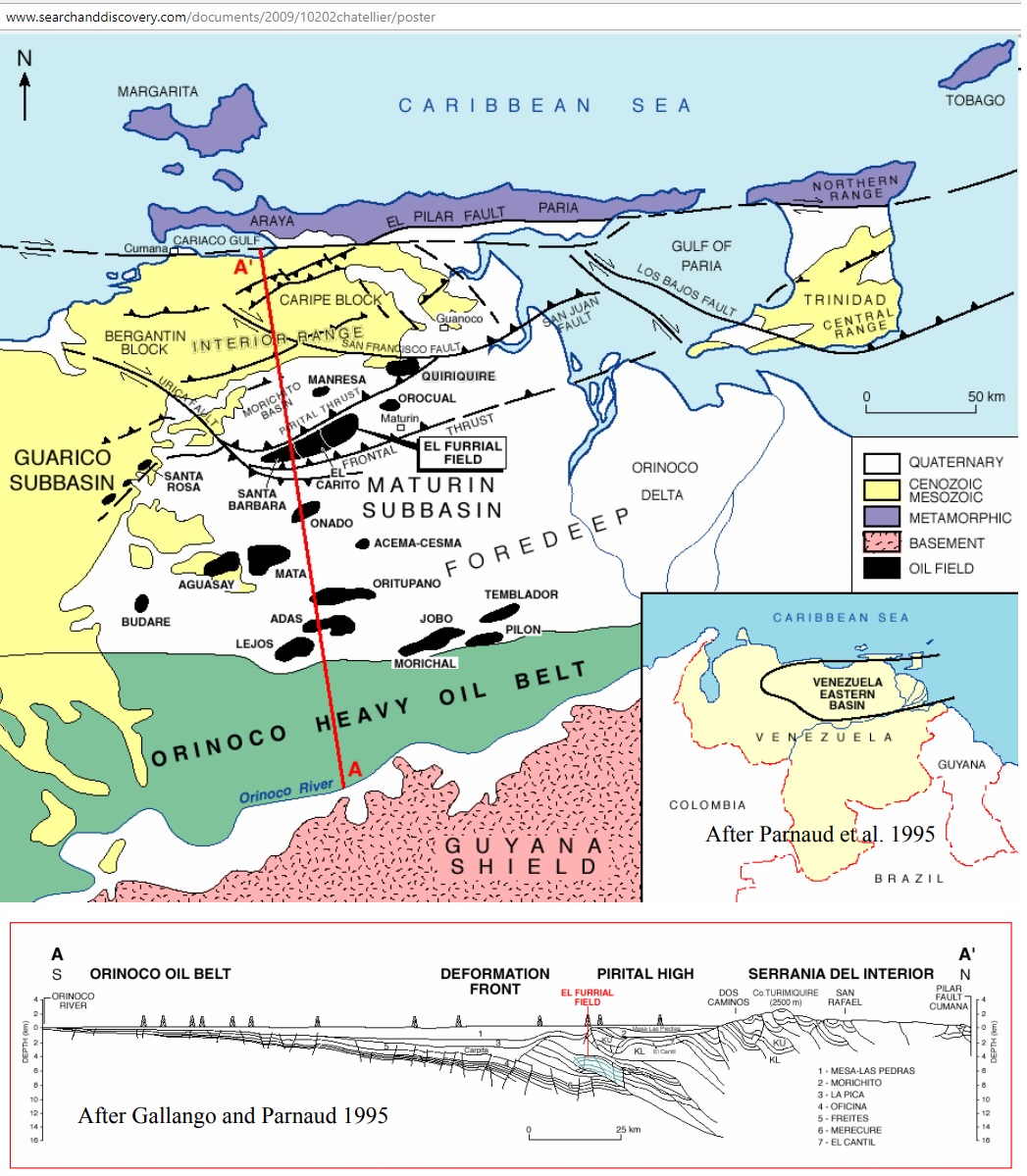 Fig 3: Geological setting
Fig 3: Geological setting
http://www.searchanddiscovery.com/documents/2009/10202chatellier/poster
 Fig 4: Map and 3D view of 3 fields
Fig 4: Map and 3D view of 3 fields
Exploration on the northern flank of the East Venezuela basin started in 1978. In 1986, discovery well FUL-1 penetrated 276 m of net oil sandstone and produced up to 7300 bbl of 26° API oil per day. El Furrial turned out to be a giant oil field (6×14 km at 14,000 ft) and 4 years later in 1990 reserves were estimated at 1.2 Gb
In 1999 PDVSA estimated following production profile for the 3 neighbouring fields of El Furrial, Santa Barbara and Carito with a peak around 2006
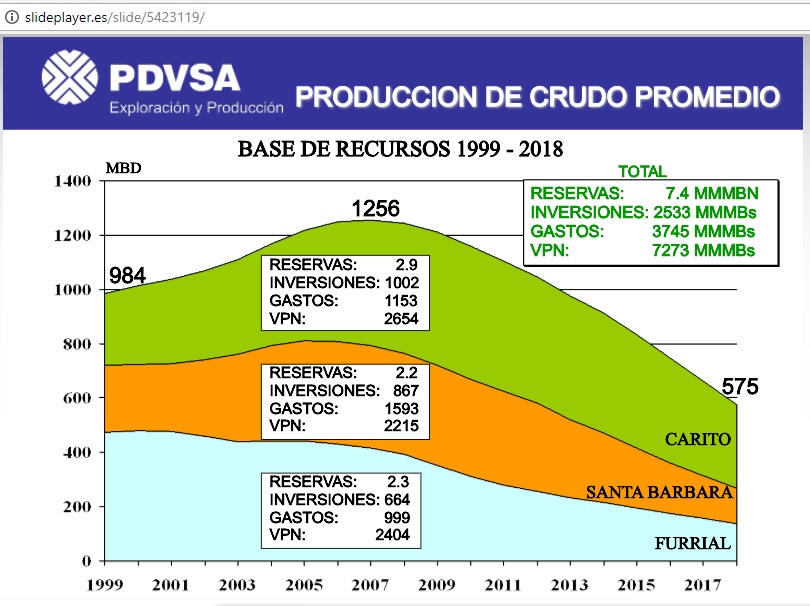 Fig 5: Cumulative production of 7.4 Gb over 19 years
Fig 5: Cumulative production of 7.4 Gb over 19 years
http://slideplayer.es/slide/5423119/
Promedio: average, Base de recursos: resource base, Inversiones: investments, Gastos: expenditure, VPN: net present value
Water and gas injection
Production went through several phases. After 6 years of primary production pressure had gone down to 8,000 psi at which point water injection started. Gas injection was added another 6 years later. By 2013 (the year in which Maduro came to power) pressure had fallen again to such an extent that artificial gas lift was necessary.
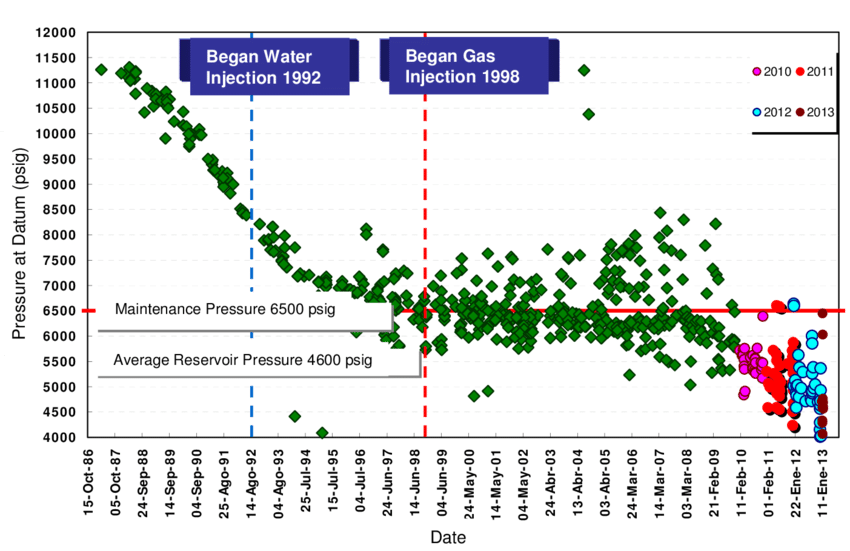 Fig 6: Maintaining reservoir pressure (SPE paper Oct 2013)
Fig 6: Maintaining reservoir pressure (SPE paper Oct 2013)
https://www.researchgate.net/publication/310794483_SPE_WVS_237_Alternatives_for_Implantation_of_Gas_Lift_in_Deep_Wells_of_El_Furrial_Field
In December 2014, a presentation by Julio Herbas Pizarro for an Abu Dhabi workshop on enhanced oil recovery (EOR) shows more details on the impact of water and gas injection:
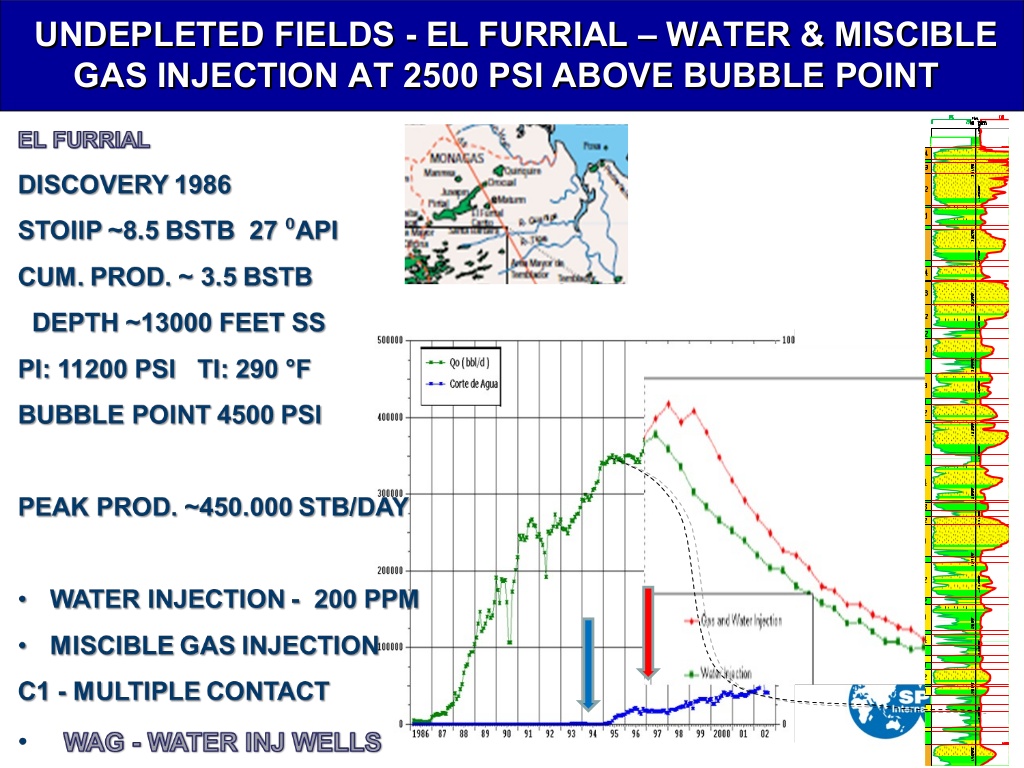 Fig 7: El Furrial Impact of water and gas injection
Fig 7: El Furrial Impact of water and gas injection
https://www.slideshare.net/JulioHerbas/abu-dhabi-dec-2014-eor-workshop-julio-herbas
Actual production
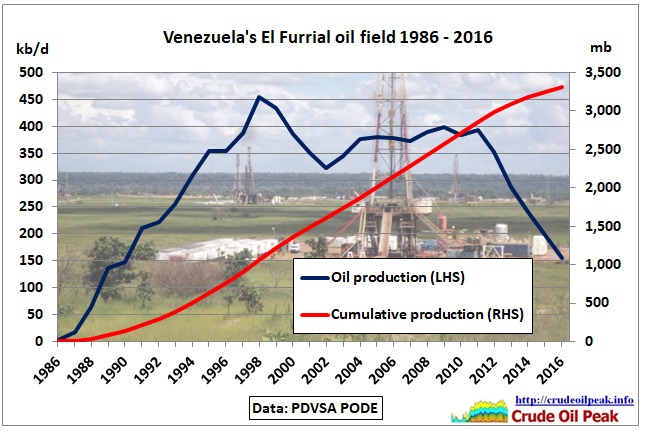 Fig 8: Oil production in El Furrial (PDVSA statistics)
Fig 8: Oil production in El Furrial (PDVSA statistics)
Oil reserves
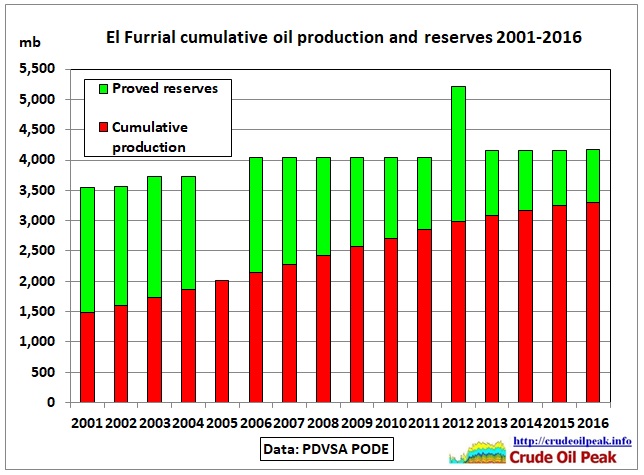 Fig 9: El Furrial cumulative production and reserves from PDVSA
Fig 9: El Furrial cumulative production and reserves from PDVSA
Remaining proved reserves given by PDVSA for end 2016 were 861 mb. See table (p 42) in “Informe de gestión annual 2016” http://www.pdvsa.com/images/pdf/iga/IGA_2016_Compilado.pdf
But the shape of the time series of cumulative production (red columns) suggests that the curve seems to asymptotically approach a much lower ultimate recoverable. A simple Hubbert linearization shows a trend towards an ultimate of 3.5 Gb.
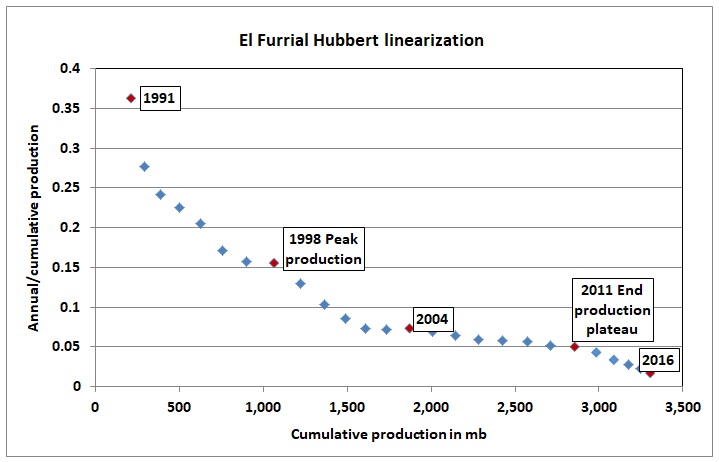 Fig 7: El Furrial Hubbert linearization using above production data
Fig 7: El Furrial Hubbert linearization using above production data
Jean Laherrere from ASPO France arrives at a slightly higher number:
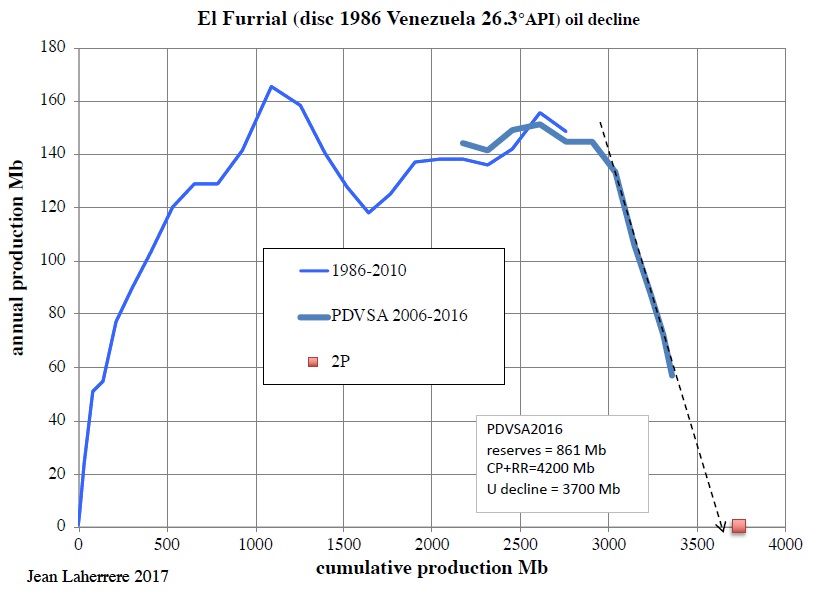 Fig 8: Estimate of ultimate recoverable (EUR) by Jean Laherrere
Fig 8: Estimate of ultimate recoverable (EUR) by Jean Laherrere
Conclusion:
In a political system like in Venezuela it is even more difficult to beat oil decline at the end of an oil field’s life. Watch out for what’s going to happen on Caracas’ autopistas.